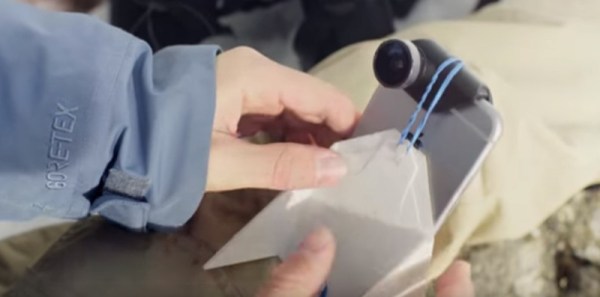In the old days, if you wanted to listen to police, fire, or other two-way radio users, you didn’t need much more than a simple receiver. Today, you are more likely to need something a little more exotic thanks to the adoption of trunked radio systems. To pick up the control channels and all the threads of a talk group conversation, you might need a wide bandwidth receiver.
[Luke Berndt] found he needed 6 MHz to monitor the stations he wanted to hear. This is easily in the reach of dedicated software defined radios (SDR). However, [Luke] wanted to use cheap RTL-SDRs and their bandwidth is about 2 MHz. The obvious hacker solution? Use three of them!
If you haven’t looked at a trunked system before, it essentially allows a large number of users to share a relatively small number of channels. When someone wants to talk, they move to an unused channel just for that transmission. Suppose Alice asks Bob a question that happens to be on channel 12. Bob’s reply might be on channel 4. A follow up from Alice could be on channel 3.
In practice, this means that receiving the signal isn’t difficult to decode. It is just difficult to find (and follow as it jumps around). This is an excellent job for multiple SDRs and the approach even reduces the burden on the CPU, which doesn’t have to decode signals that aren’t essential to the conversation.
[Luke] includes source code and also notes how to change the serial numbers of the dongles since each has to be unique. We have seen so many great projects with the RTL-SDR that it is hard to choose our favorite. It is especially great knowing that the dongle was only meant to receive television, and all these projects are hacks in the best sense of the word.
Thanks [WA5RRior] for the tip.













